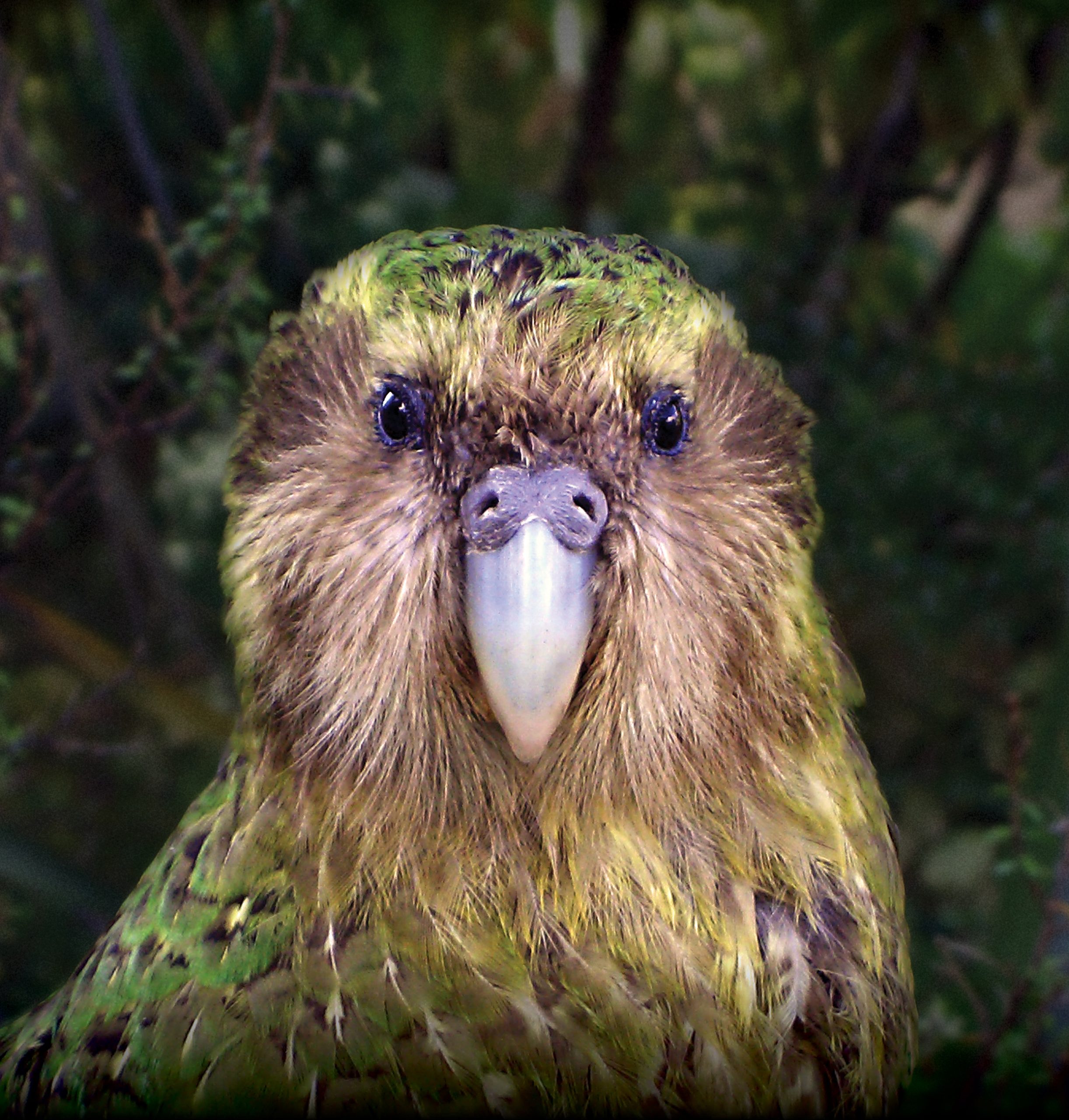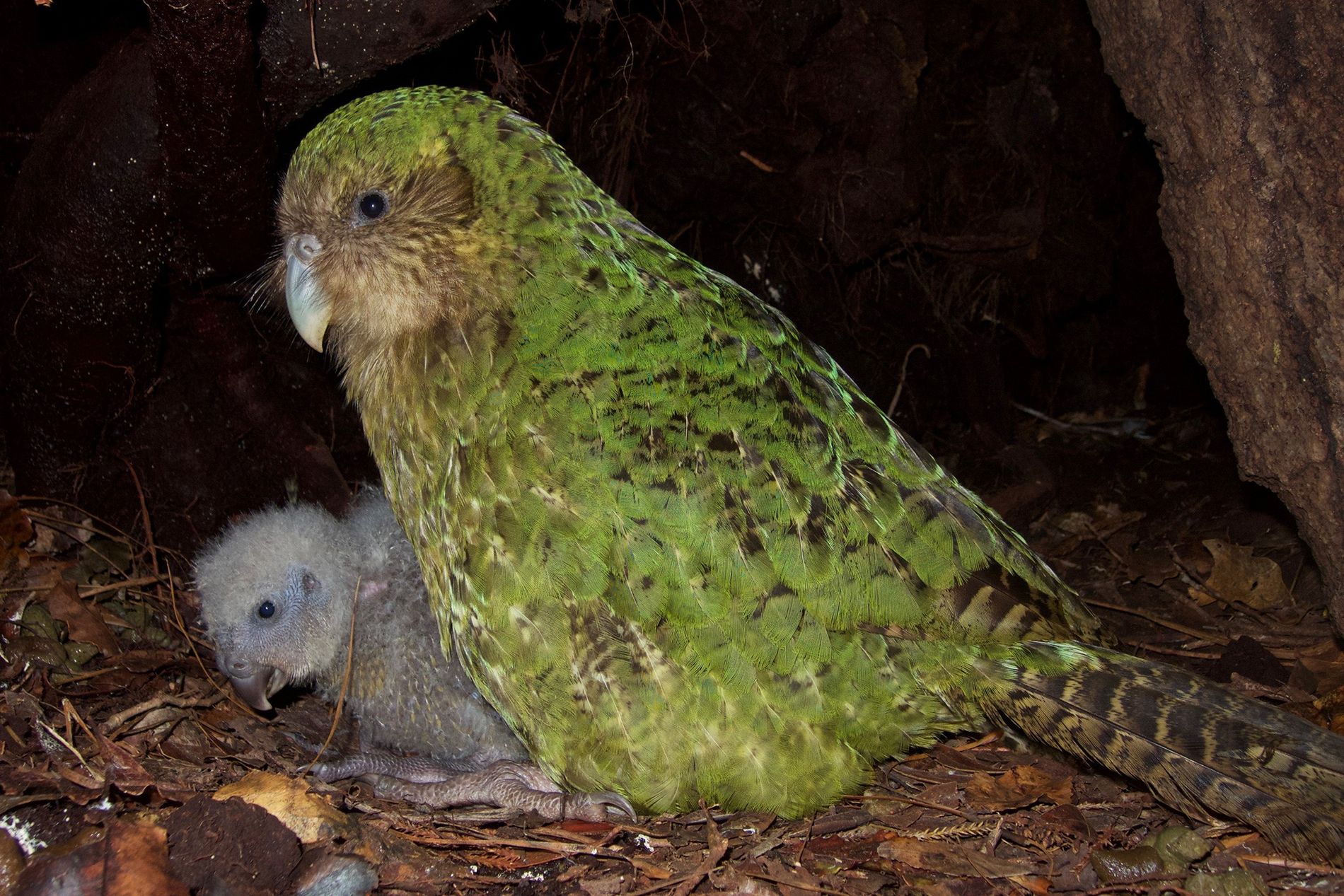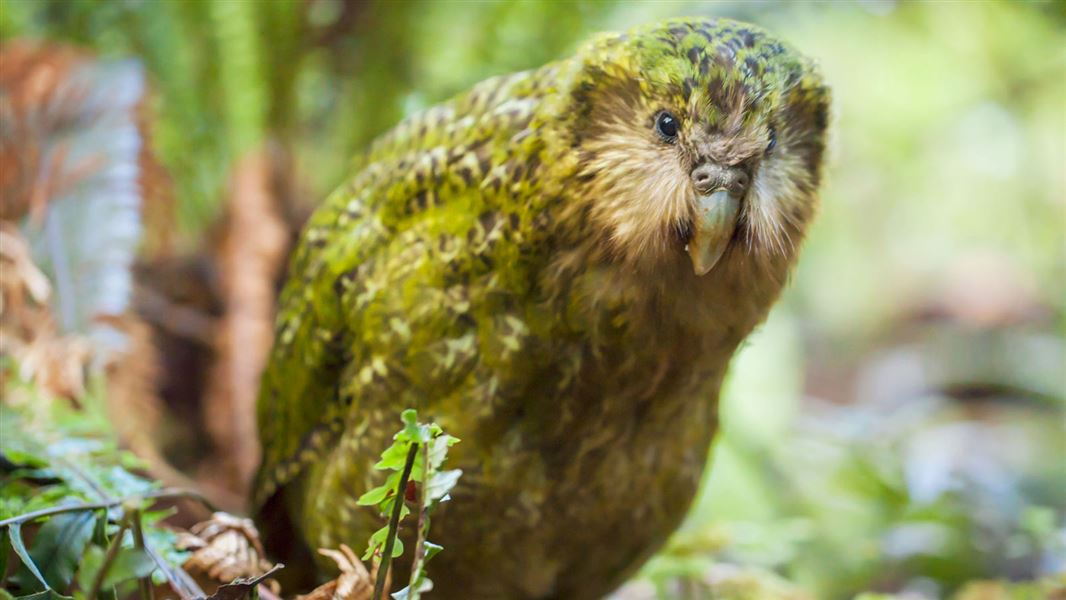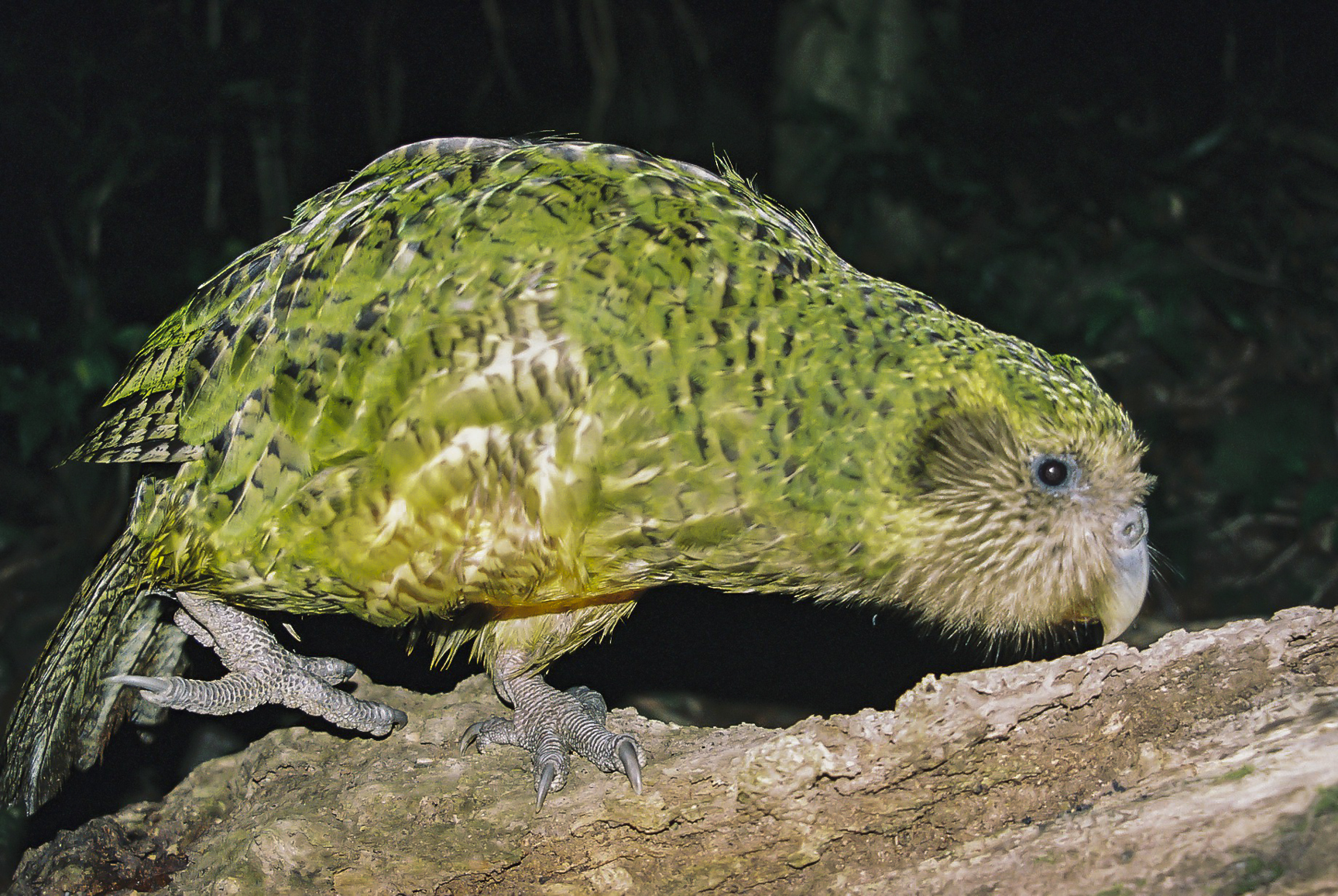The Kakapo: A Flightless Parrot with an Endearing Personality

In the remote and rugged wilderness of New Zealand, a truly remarkable and endearing avian personality thrives – the Kakapo (Strigops habroptilus). Also known as the “owl parrot,” this flightless bird stands out as one of the most fascinating and unique species on the planet.
The Kakapo’s most distinctive trait is its inability to fly, setting it apart from its airborne counterparts in the parrot family. Instead of soaring through the skies, these charismatic birds have adapted to a ground-dwelling lifestyle, relying on their strong legs and wings to help them navigate through the dense undergrowth of New Zealand’s forests.

What truly captures the hearts of those who encounter the Kakapo is its incredibly endearing personality. Despite its hefty build and wings that have evolved more for balance and display than flight, the Kakapo is an excellent climber and skilled walker. Their soft, moss-green feathers, combined with endearing facial features and curious expressions, give them an almost teddy bear-like appearance.

The Kakapo’s charm doesn’t end with its appearance; its behavior is equally captivating. These nocturnal parrots are highly intelligent and display a remarkable sense of curiosity. They have been known to interact playfully with humans and their surroundings, demonstrating a delightful inquisitiveness that adds to their allure.

However, the Kakapo’s story is not without challenges. Historically, they were highly vulnerable to predation by introduced mammalian predators, such as rats and stoats, which led to a severe decline in their population. At one point, they were considered one of the most endangered parrot species in the world, with only a handful of individuals remaining.

Conservation efforts have been instrumental in saving the Kakapo from the brink of extinction. With dedicated initiatives, including predator control and habitat restoration, the Kakapo population has shown signs of recovery. Despite the challenges, every individual Kakapo is closely monitored and protected, providing hope for their future survival.
In addition to the direct conservation efforts, the Kakapo has garnered attention and affection from people worldwide, leading to increased awareness and support for their preservation. Documentaries and media coverage have contributed to their popularity and have become a catalyst for increased interest in wildlife conservation as a whole.

Today, encountering a Kakapo in the wild remains a rare and awe-inspiring experience. As these enchanting creatures continue to capture the hearts of all who encounter them, they serve as a powerful reminder of the value of preserving Earth’s rich biodiversity. The Kakapo’s journey from the edge of extinction to renewed hope inspires us to continue our collective efforts in safeguarding the diverse species that share our planet.
In conclusion, the Kakapo is an extraordinary example of resilience, adaptability, and the power of conservation. Their flightless yet spirited existence, combined with their inquisitive personalities, has touched the hearts of people around the world. As we continue to strive for a harmonious coexistence with nature, let the Kakapo’s story serve as a guiding light, reminding us of the importance of protecting and cherishing the unique and fragile wonders of the natural world.



